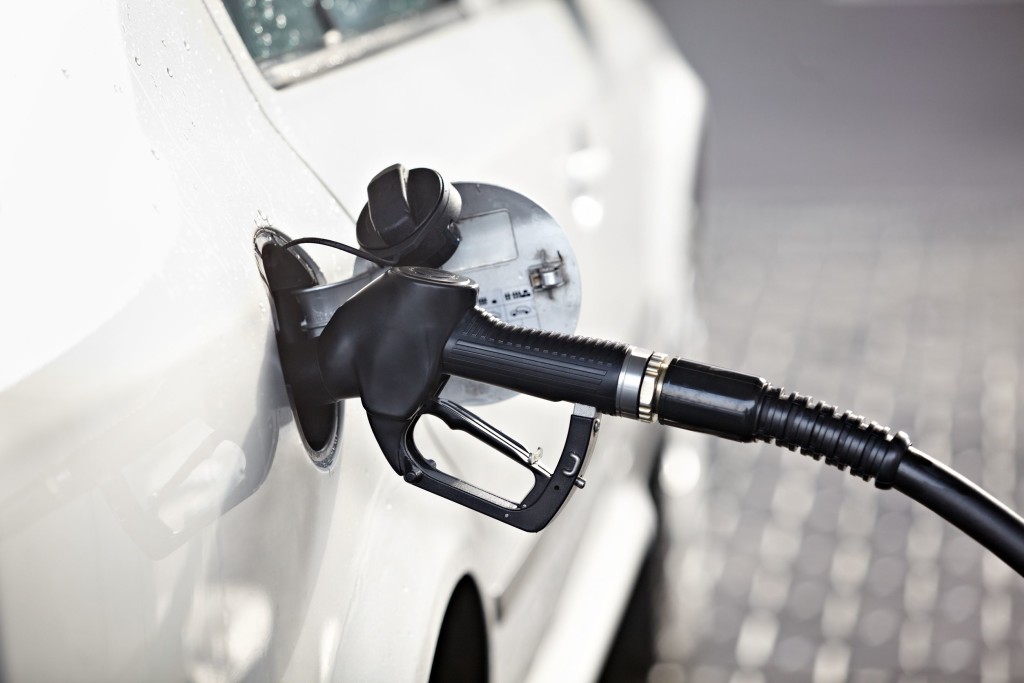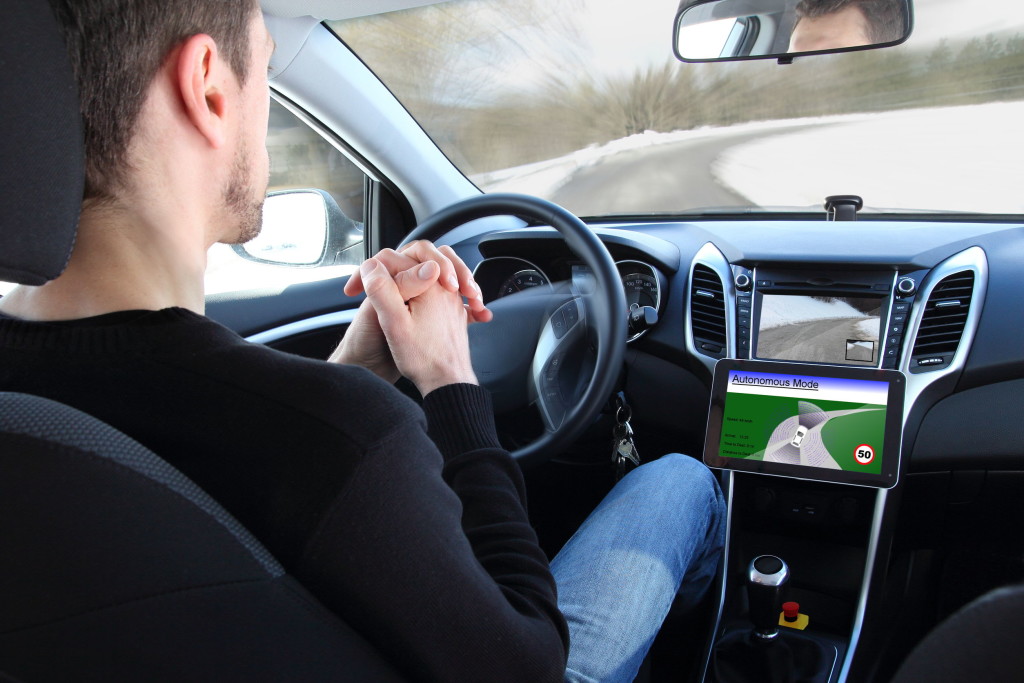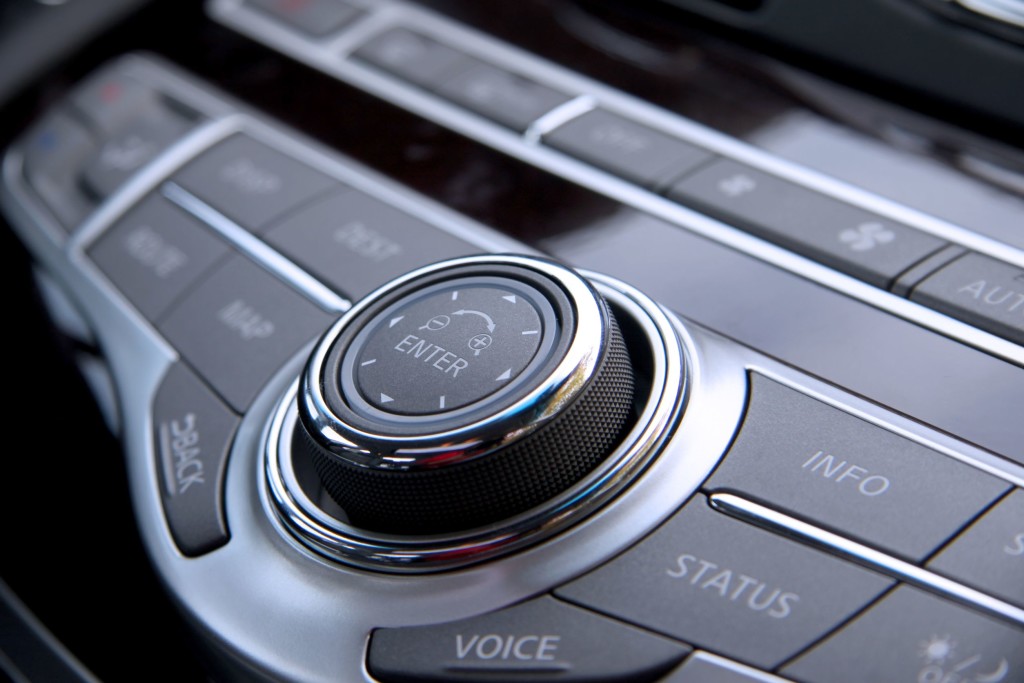Spring is officially here, and even through some spots around the Twin Cities have been hit with some late season snow, the warm weather is right around the corner. We’ve talked about the importance of prepping your car for winter on the blog before, but keeping your car in tune for spring is just as critical in extending the life of your vehicle. Below, we share five ways to prepare your car for spring.
1. Check Your Tire Pressure – Temperature directly affects your tire pressure, so you’ll want to ensure they are properly inflated. The warmer weather will increase your tire pressure, and if the pressure gets too high, you may be prone to a blow out. Use a pressure guage to ensure your tires are at the proper psi.
2. Examine Your Wiper Blades – Spring is typically a very wet month, which means you’ll need to be able to see clearly when it’s rainy. Windshield wipers are relativity cheap to buy, and you can install them yourself. Check your owner’s manual to make sure you purchase the right type of blade.
3. Alignment Issues – Hopefully your car’s alignment is fine right now, but as we’ve documented on the blog before, spring is usually synonymous with pothole season. Do your best to safely avoid any potholes you see in the road, and don’t hesitate to report particularly nasty potholes to the proper department. Potholes can severely damage your suspension and alignment, so if you notice that your car is pulling to the right after hitting a pothole, stop in to our shop to get it looked at.
4. Pump Your Brakes – Being able to stop during the icy season is very important, but all that extra braking during the winter season takes a toll on your brakes. If you hear a grinding noise while you’re braking, you’ll want to bring your car into the shop immediately. For more information on brake care, swing on over to this blog.
5. Wash Your Car – As we’ve documented before, road salt can be especially damaging to your car’s undercarriage. Take your car to a wash center that provides an undercarriage wash because it can be difficult to fully clean the underside of your car on your own.



